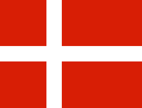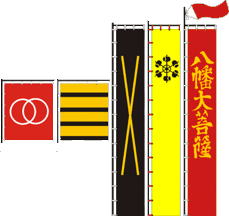
16th/17thC Daimyo flags (fotw)
Notes
a) With regard to 1), the varying types of (historical) Japanese
flag are in the process of detailed classification, and the terms given above
have been limited to those in general use.
b) The“sashimono” and “uma-jirushi”, whilst currently employed to
describe flags, can also refer to a vexilloid - see ‘vexilloid 2)’.



Flag of Nazaré, Portugal (fotw); Arms of Poiares e Canelas,
Portugal (fotw); Flag of Castro de Filabres, Spain (fotw)
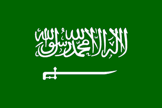

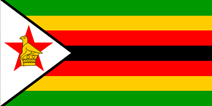
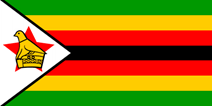
The Reverse of the National Flag of Saudi Arabia in some De Facto use, and as regulated (fotw); National Flag of
Zimbabwe in some De Facto use, and as regulated.
Please note with regard to 2), it is suggested that the above term should not be used when describing a flag for which no known official specifications exist, therefore, no de jure design from which a de facto flag may differ, and under these circumstances we recommend that the term “variant” be employed - see ‘variant 2)’.


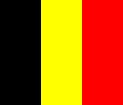

National Flag of Spain as established by Law, and the State Flag as regulated for official use but flown as a National Flag by Private Citizens;
National Flag of Belgium as regulated, plus the Civil
Ensign of Belgium as laid down by law (which is also the de facto National Flag)
Please note that a further example of de jure as opposed to de facto is the proportions of the Vatican City flag which is set at 1:1 by law, but which is always seen in practice with proportions of 2:3.

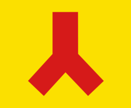

Example; Flag and Arms of Rennebu, Norway (fotw)



Flag and Arms of
Alto do Seixalinho, Portugal (fotw); Flag of L’Abbaye, Switzerland (fotw)
Please note, that these flags (and their staffs) were intended to have a double purpose, in that they could be displayed aboard ship in times of celebration and carried (by hand) during any operations ashore
The Salamander, English Royal Navy c1525 (Wikipedia)
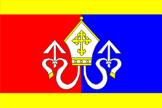

Flag and Arms of Častrov, Czechia (fotw)
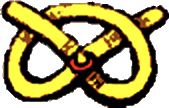

A Stafford Knot (Wikipedia); Flag of
Staffordshire, UK (fotw)
Please note that the several types of decorative knot used in heraldry are rarely used on flags, so are beyond the remit of this dictionary, and we suggest that a suitable source be consulted if further details are required.

Flag of Schinznach Dorf, Switzerland
(fotw)
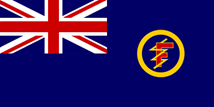
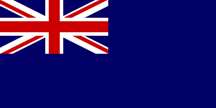

Ensign of the Training Ship Foudroyant c1817 – 1897 (fotw);
Reserve Ensign, UK (fotw); Flag of the British Virgin Islands
(fotw)
Please note that in heraldry and vexillology the term has no pejorative connotation – see ‘desecrate’ and ‘disfigure’.

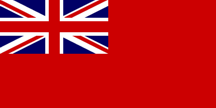
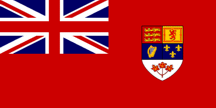
Ensign of the Royal St George Yacht Club, UK (fotw);
Civil Ensign, UK (fotw);
Canadian Red Ensign 1957 – 1965 (fotw)
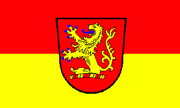
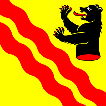
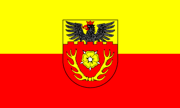
Flag of Langenhagen, Germany (fotw);
Flag of Romoos, Switzerland (fotw); Flag of
Hildesheim, Germany (fotw)
Notes
a) One-half of an animal or other charge that is placed
against the vertical centre line of a shield, banner of arms or a flag, is said to be
‘dimidiated’, whilst any such emerging from side of a shield, banner of arms or flag should be termed ‘naissant’ as illustrated below.
b) This term is never used alone, but always
with the charge being so described – for example a demi-horse as shown
above.


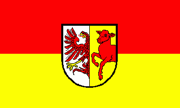
Flag and Arms of Krásné Pole, Czechia (fotw);
Flag of Kalbe upon Milde, Germany (fotw)

Flag of Brugelette, Belgium (fotw)


